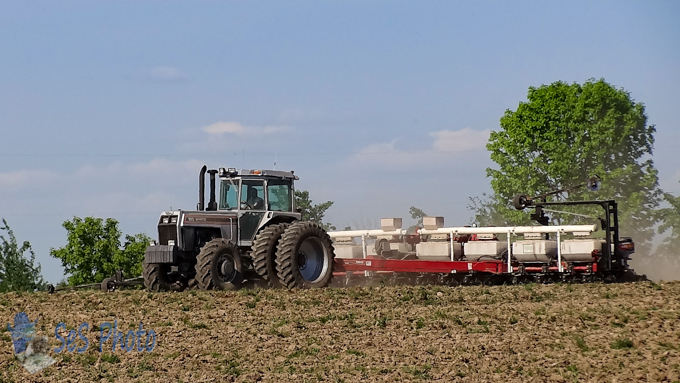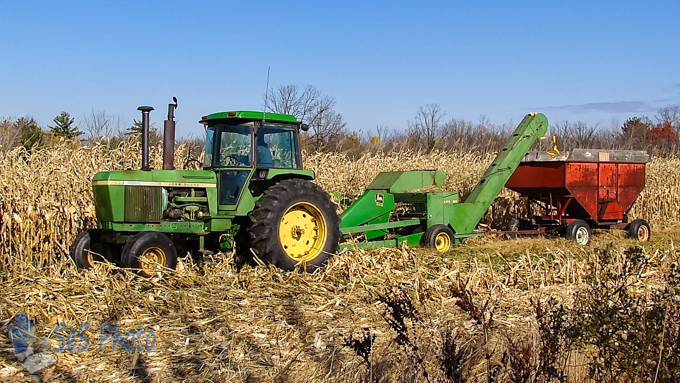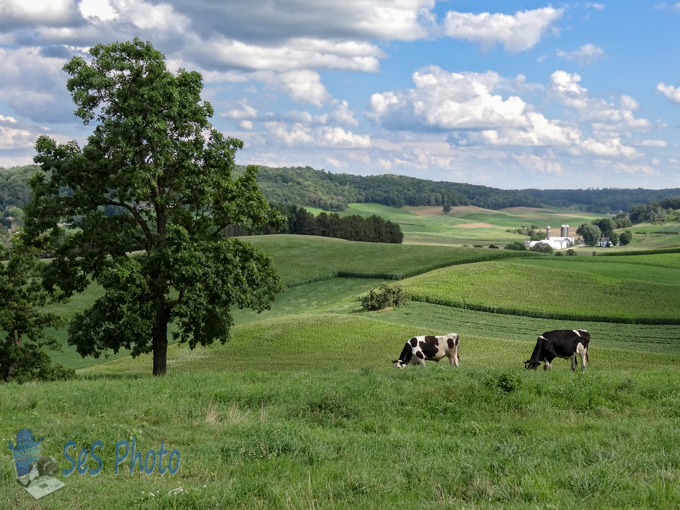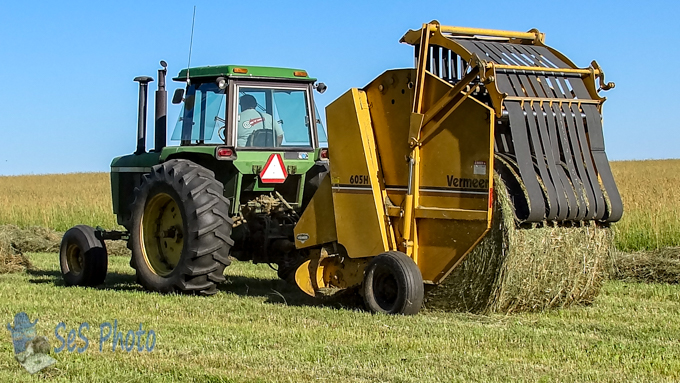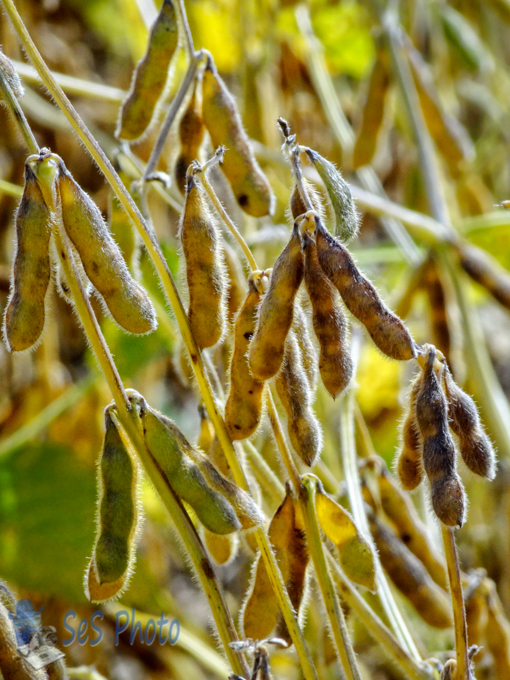If the farmers didn’t get their crops planted before the heavy rains this week, they might have to wait a few days to get back into the muddy fields.
Planting Corn
Watch corn planting with smaller equipment.
https://youtu.be/e3GEcK67tug&w=640&h=430&rel=0


